Instrumentenmicrofoon (pagina 4)
Voir les marques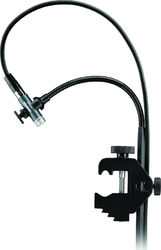

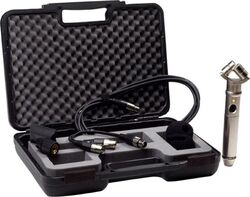


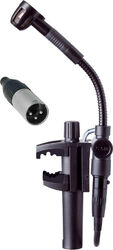
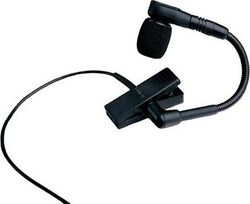
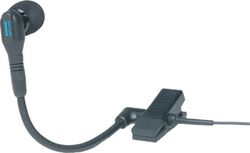

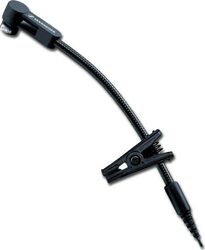
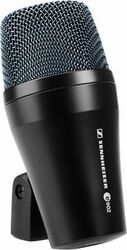
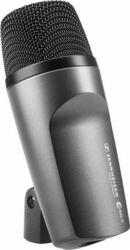
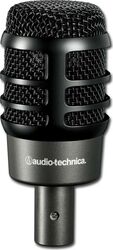



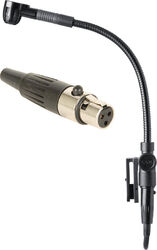

The Ultimate Guide to Dynamic Microphones for Instruments
For every musician, achieving the perfect sound is an endless quest. Every note, every vibration, every breath represents the soul of the artist, and reproducing it faithfully is crucial. At the heart of this quest lies an indispensable ally: the microphone. A true pillar of sound quality, this type of microphone is a preferred choice, offering durability and exceptional audio performance.
The Advantages of Dynamic Microphones for Musical Instruments
What is a Dynamic Microphone?
It is a precision tool designed to withstand high levels of acoustic pressure while reproducing the sound spectrum with clarity. Its design is based on a diaphragm connected to a movable coil in a magnetic field, transforming sound waves into electrical current. Unlike static microphones, often more sensitive and requiring phantom power, the dynamic microphone stands out for its robustness and standalone operation.
Why Choose a Dynamic Microphone for Musical Instruments?
Musicians in live and studio settings turn to this product for its robustness and ability to capture sound authentically. Whether for an acoustic guitar or a saxophone, these microphones support high SPL levels without distortion, ensuring reliable audio performance even in the most demanding situations.
What is the Difference Between a Static Microphone and a Dynamic Microphone?
The fundamental difference between a static microphone and a dynamic microphone lies in their design and optimal use. The dynamic microphone, often praised for its durability and ability to withstand high acoustic pressures, is the preferred choice for capturing loud and direct sounds such as those from a drum kit or a guitar amp. Thanks to its diaphragm connected to a movable coil placed in a magnetic field, it transforms sound waves into electrical signals without requiring external power. This makes it particularly flexible and suitable for live situations where robustness and reliability are essential.
In contrast, the static microphone, equipped with a condenser capsule, requires a power source, often phantom power via an XLR cable, to operate. It is known for its ability to capture with precision and clarity the subtle nuances of acoustic instruments or vocals, making it a valuable ally in the studio. Its extended frequency response and sensitivity to transients make it ideal for capturing delicate sound sources or for recordings requiring high fidelity.
In summary, choosing between a dynamic microphone and a static microphone will depend primarily on the context of use: the former being more resistant and less sensitive to unwanted noise, making it better suited for noisy and demanding environments like the stage; while the latter, with its detailed sound reproduction and wide frequency response, excels in the controlled environment of a recording studio.
Which Microphone for Which Instrument?
Dynamic Microphones for Recording Acoustic Guitar
The acoustic guitar, with its vibrating strings and resonant body, requires a microphone capable of capturing its warmth and harmonic richness. Models like the renowned Shure SM57 are often favored by musicians for their ability to faithfully reproduce the instrument's timbre.
Dynamic Microphones for Recording Drums and Percussion
The drum kit, with its multiple components like the snare drum and toms, requires a set of specialized dynamic microphones. Models with a cardioid pattern, such as the Neumann MCM 114 Set drums or the Audio Technica AE2500, are suitable.
These microphones allow for isolating each element while minimizing unwanted noise.
Dynamic Microphones for Recording Brass and Woodwinds
Wind instruments such as the tuba or saxophone greatly benefit from a dynamic microphone capable of handling high acoustic pressure while reproducing the subtle nuances of the musician's playing. The Sennheiser e608 is an excellent choice.
Tips to Optimize the Use of a Microphone with Your Musical Instrument
Settings and Sound Reinforcement Techniques for Better Sound Reproduction
Good settings begin with understanding the interaction between the microphone, the instrument, and the room's acoustics. Precise adjustments to gain and equalization can radically transform the perceived sound quality.
Prevention of Common Issues Such as Feedback and Interference
Feedback and interference can spoil an audio performance. Fortunately, techniques such as choosing the right microphone placement and using suitable accessories can mitigate these issues.
Essential Accessories for Dynamic Microphones
Accessories such as microphone stands, clips, pop filters, or shock mounts are essential for optimizing the use of dynamic microphones. They contribute to improving sound quality while protecting the equipment.
In conclusion, choosing a good dynamic microphone is crucial in the quest for the perfect sound. Whether you are on stage or in the studio, taking the time to select the microphone that suits your instrument and needs is an investment that will pay off with every note played.



















